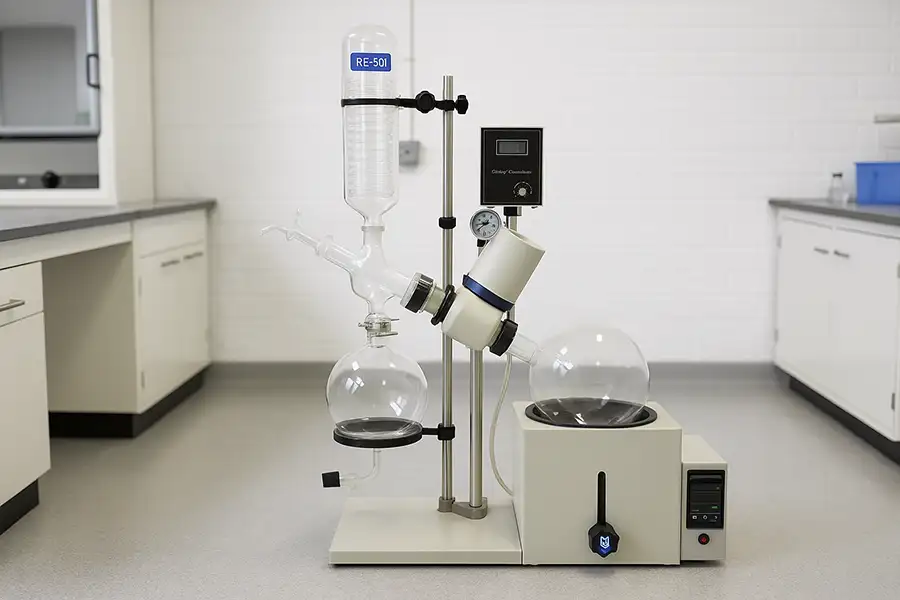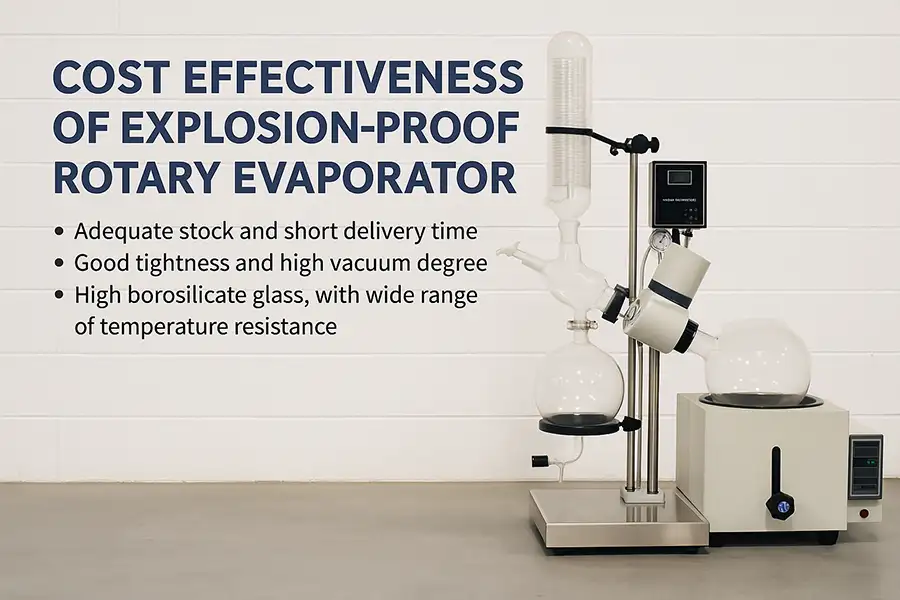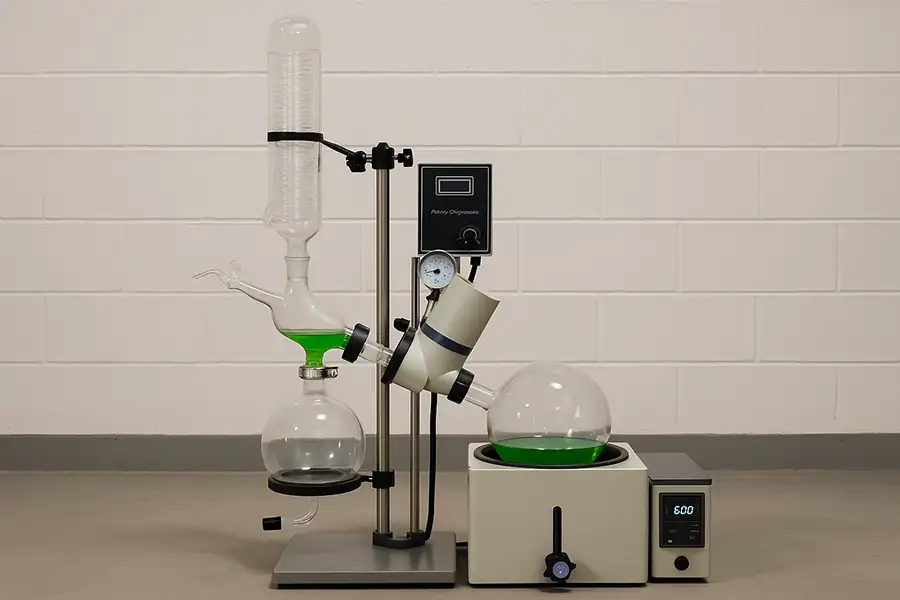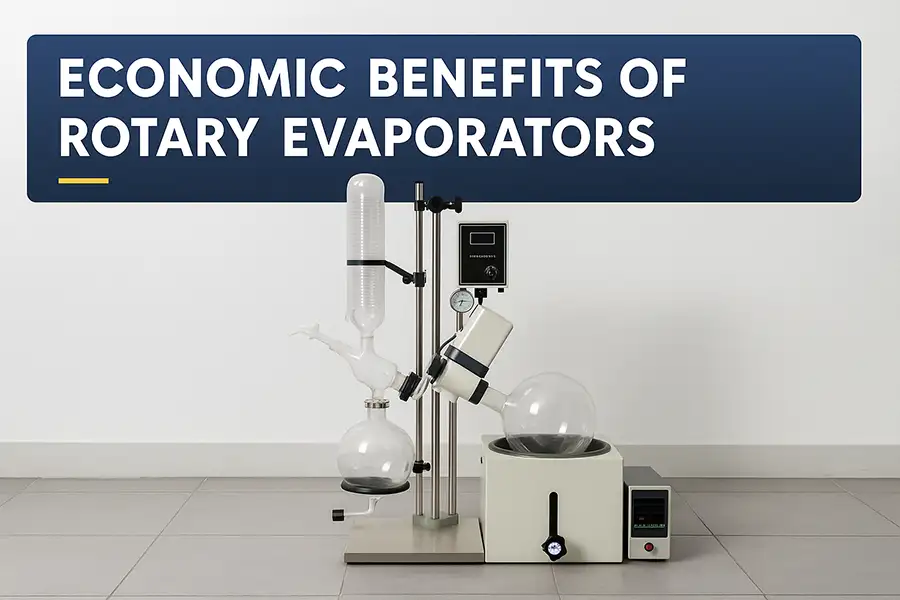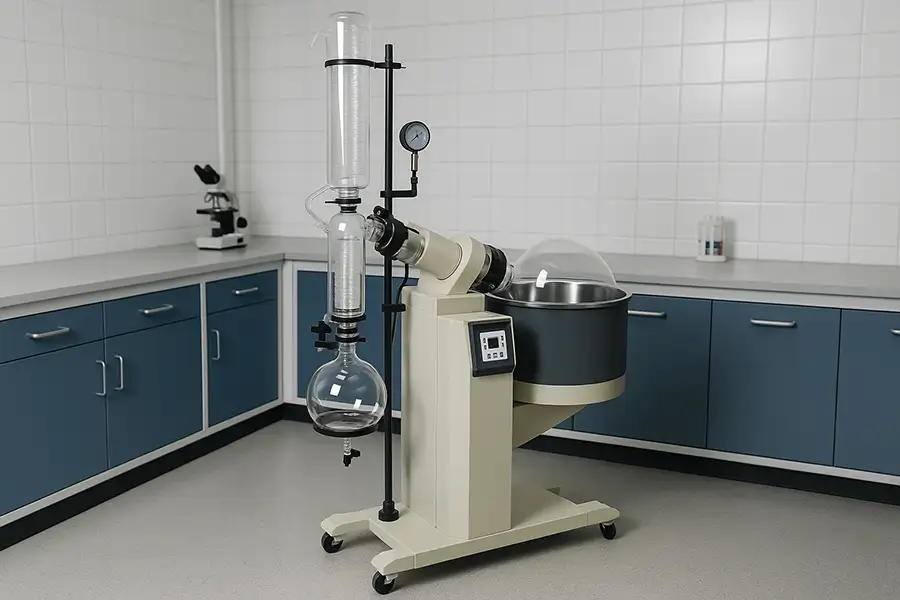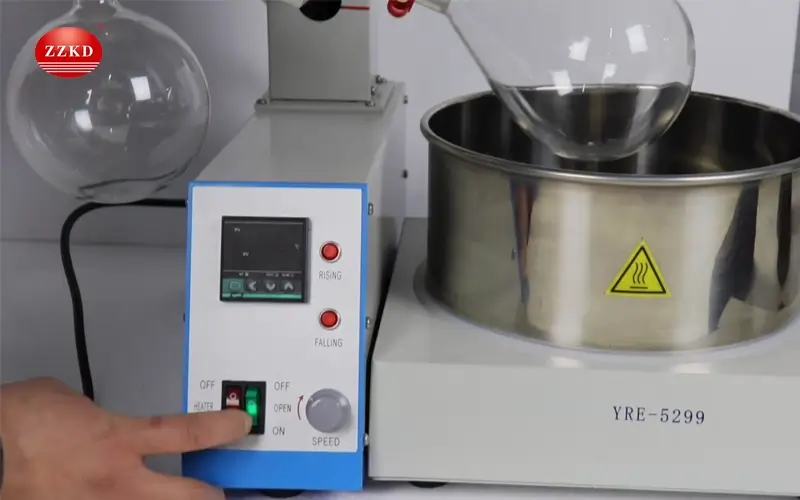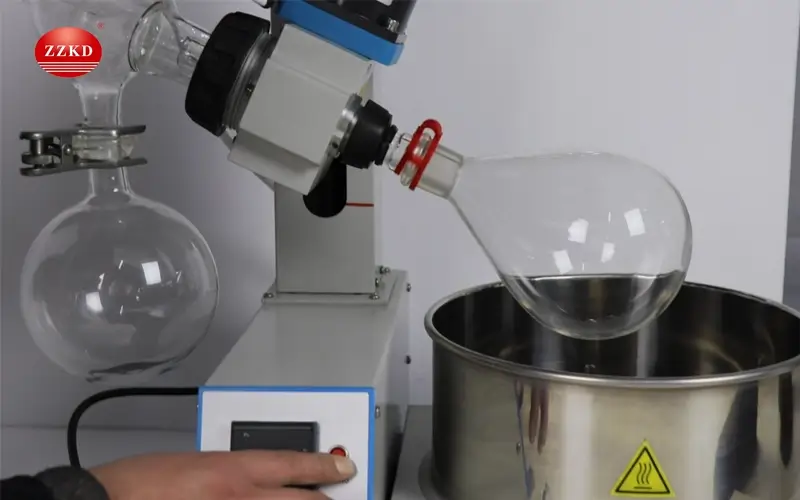Rotary Evaporator Machine - Complete Guide
Comprehensive guide to rotary evaporator machines covering working principles, components, applications, technical specs, and tips for selecting the right mod...
Read MoreExplosion Proof Rotary Evaporator - Your Lab's Safety Guardian
Discover why explosion proof rotary evaporators are essential lab safety equipment. Learn how they prevent solvent fires, save costs long-term, and explore mo...
Read MoreEthanol Rotary Evaporator Guide
Discover how ethanol rotary evaporators work, their cost-saving benefits, and how to choose the right model. Learn solvent recovery techniques, safety practic...
Read MoreBenchtop Rotary Evaporator: Your Lab's Solvent-Saving Superhero
Discover how benchtop rotary evaporators revolutionize solvent recovery in labs. Learn space-saving benefits, cost efficiency, and how to choose the perfect m...
Read MoreThe Complete Guide to Buying a Rotary Evaporator
Discover the complete guide to buy rotovap machines! Learn how rotary evaporators save labs money, boost efficiency, and what features to consider when purcha...
Read MoreHow Does a Rotary Evaporator Revolutionize Laboratory Distillation?
A rotary evaporator, or rotovap, gently and quickly removes solvents by reducing pressure, which lowers the solvent's boiling point. This process protects sen...
Read MoreWhat Really Determines the Cost of a Rotary Evaporator?
The cost of a rotary evaporator is mainly set by its size, features like vacuum control and lift type, and the materials used. Brand reputation and included a...
Read MoreWhat is Lab Scale Distillation Equipment and Why is it Essential for Your Research?
Lab scale distillation equipment is crucial for separating and purifying liquids based on their boiling points. It allows researchers to obtain high-purity su...
Read MoreHow can you choose the perfect rotary evaporator for your laboratory or production needs?
Choosing the right rotary evaporator involves matching its capacity, features, and vacuum system to your specific applications, ensuring efficient and safe so...
Read More
